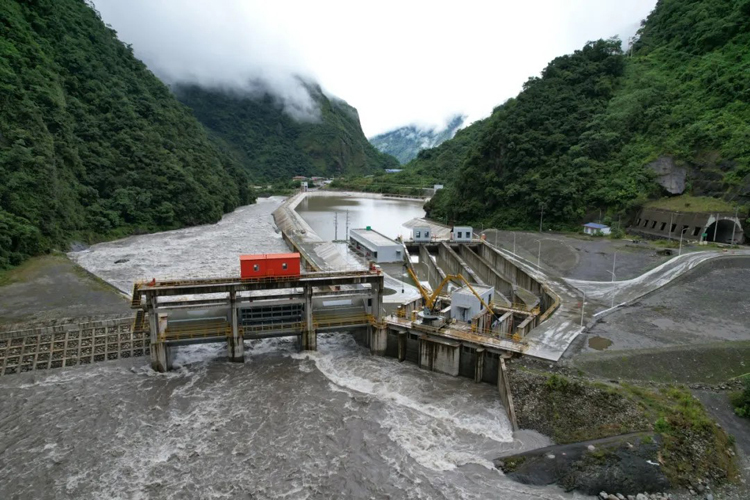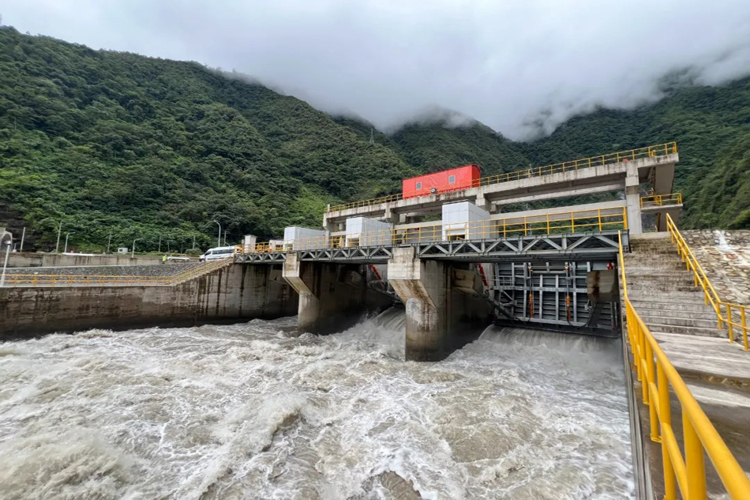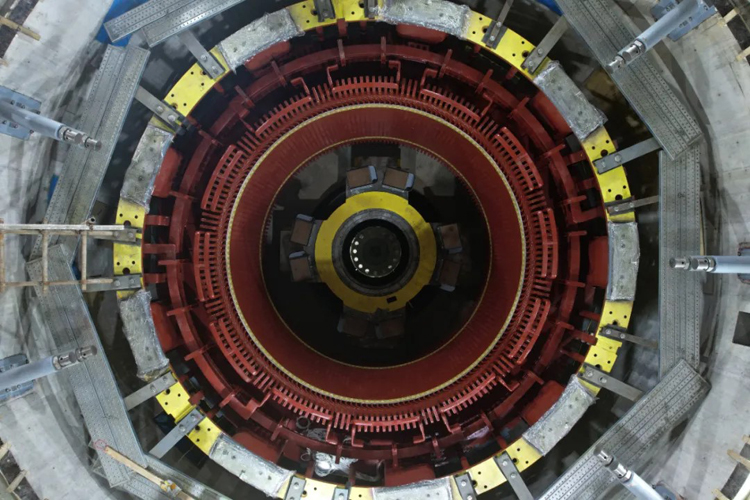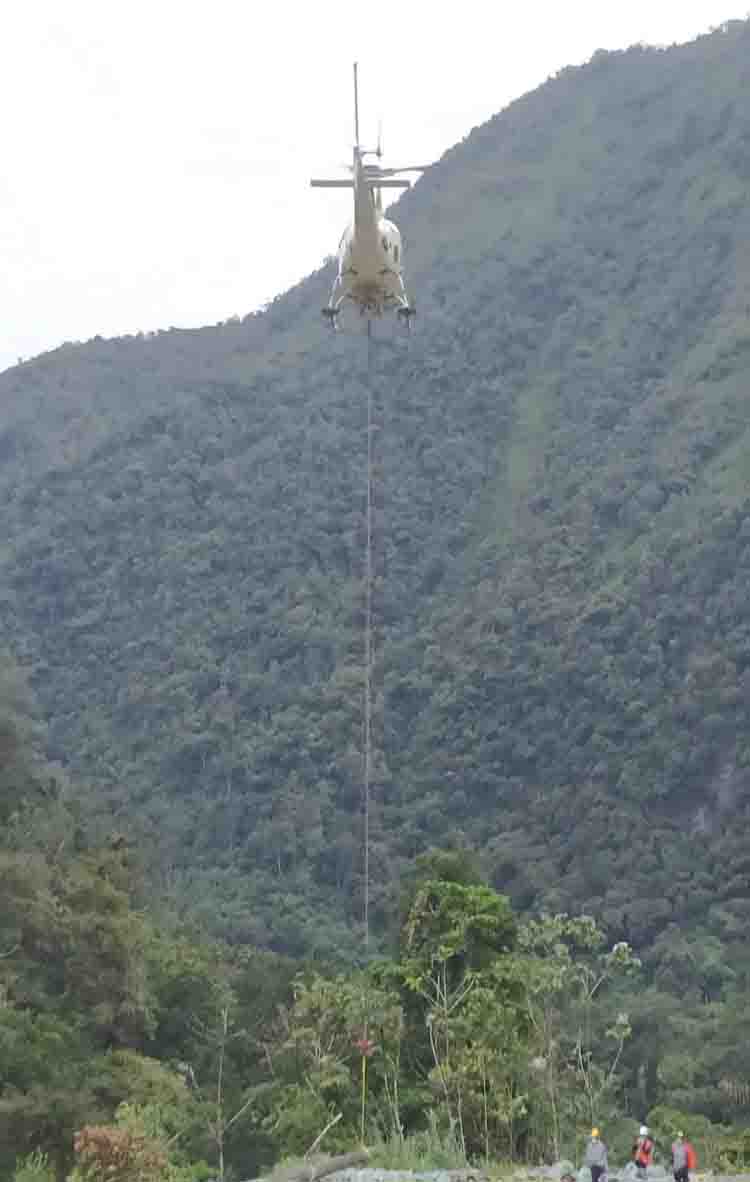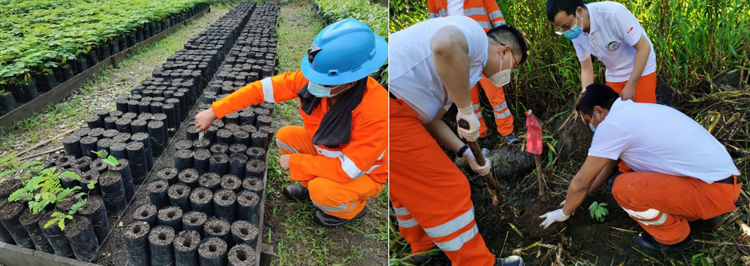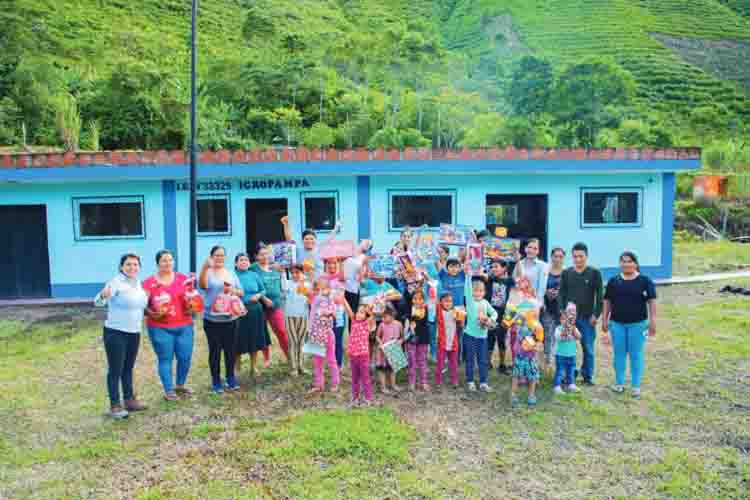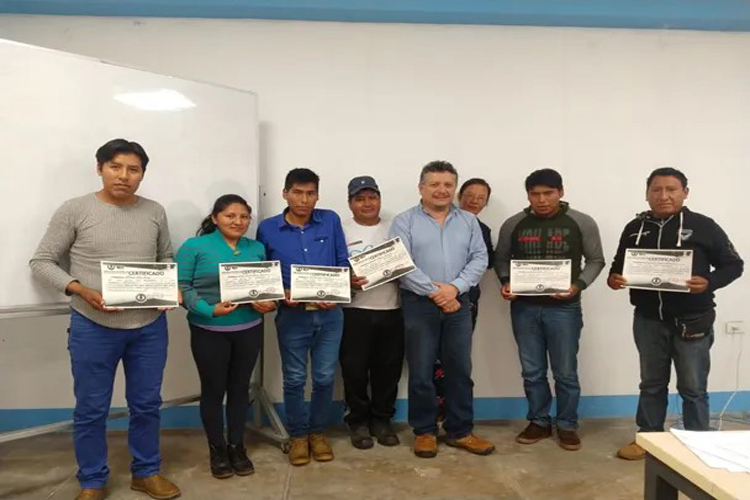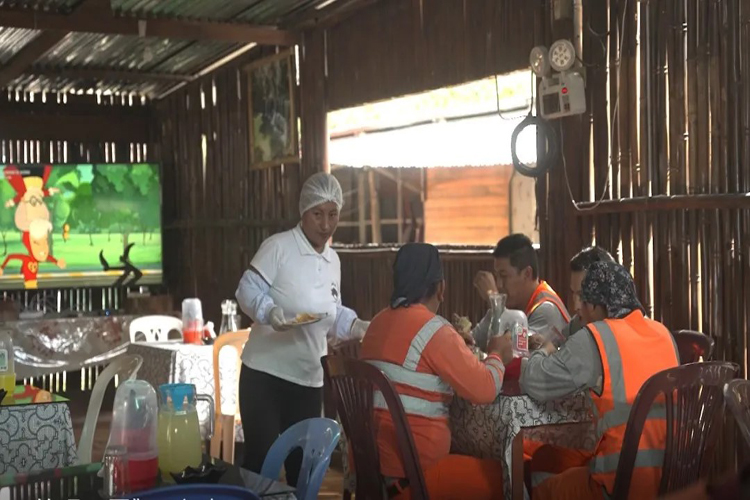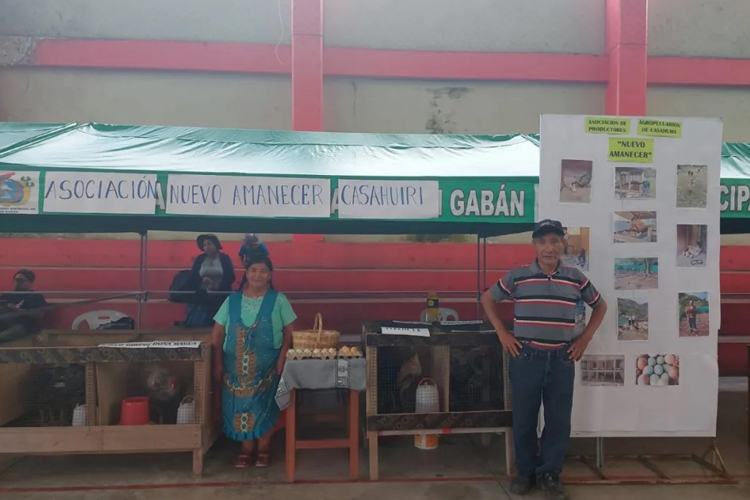Recently, the San Gabán III Hydropower Project, constructed by CWE, successfully began power generation, further supporting Peru's clean energy development.
Located in Puno of southeastern Peru, the power station has a total installed capacity of 209,300 kW and an annual designed power generation of 1.252 billion kWh. The project will help alleviate the electricity shortage in southern Peru, while the clean energy produced will reduce local CO2 emissions by approximately 338,000 tons annually.
The project utilized the first open-type TBM (Tunnel Boring Machine) exported from China to South America for the excavation of the water diversion tunnel. Additionally, continuous optimization of the construction plan helped avoid deforestation of over 110 hectares.
Environmental protection was a key priority during the project's construction. Efforts were made to minimize the impact on the local ecosystem, preserving wildlife habitats. The team also undertook reforestation efforts, compensating for the loss of 10 hectares of forestland.
To reduce deforestation, the project used helicopters to transport electrical poles.
The HSE supervisor, Bladimir, explained, "Once the nursery trees matured, they were planted in batches. We've reforested over 9,000 square meters. We also donated the saplings to local communities, schools, and other institutions."
Afforestation efforts
The project was committed to fulfilling its corporate social responsibility by building infrastructure for the local community, supporting education, and initiating 41 public welfare projects, including multifunctional activity rooms, sports facilities, sewage treatment plants, and road repairs.
Support for the development of education
At the peak of construction, the project provided over 2,000 direct jobs and offered vocational training, helping to nurture construction talent in Peru. One beneficiary, Cristian, advanced from a laborer to a senior technician capable of independently replacing TBM cutter heads, thanks to the mentorship program.
Trained employees obtain certificates
The station's construction also stimulated the development of local service industries such as accommodation, transportation, and catering, significantly boosting the local economy and providing more opportunities for the residents.
Marilú, a restaurant owner, shared, "The power station has brought a more stable income to my restaurant, which helps cover household expenses and pay for my children's school fees."
Construction of the power station boosts the development of the surrounding catering industry
Additionally, the station has supported local residents in poultry farming. To date, 15 households have received support, each raising around 170 chickens. One farmer, Deysi, said, "This has taught me farming techniques and provided a stable long-term source of income for our family."
Support for the development of animal husbandry
